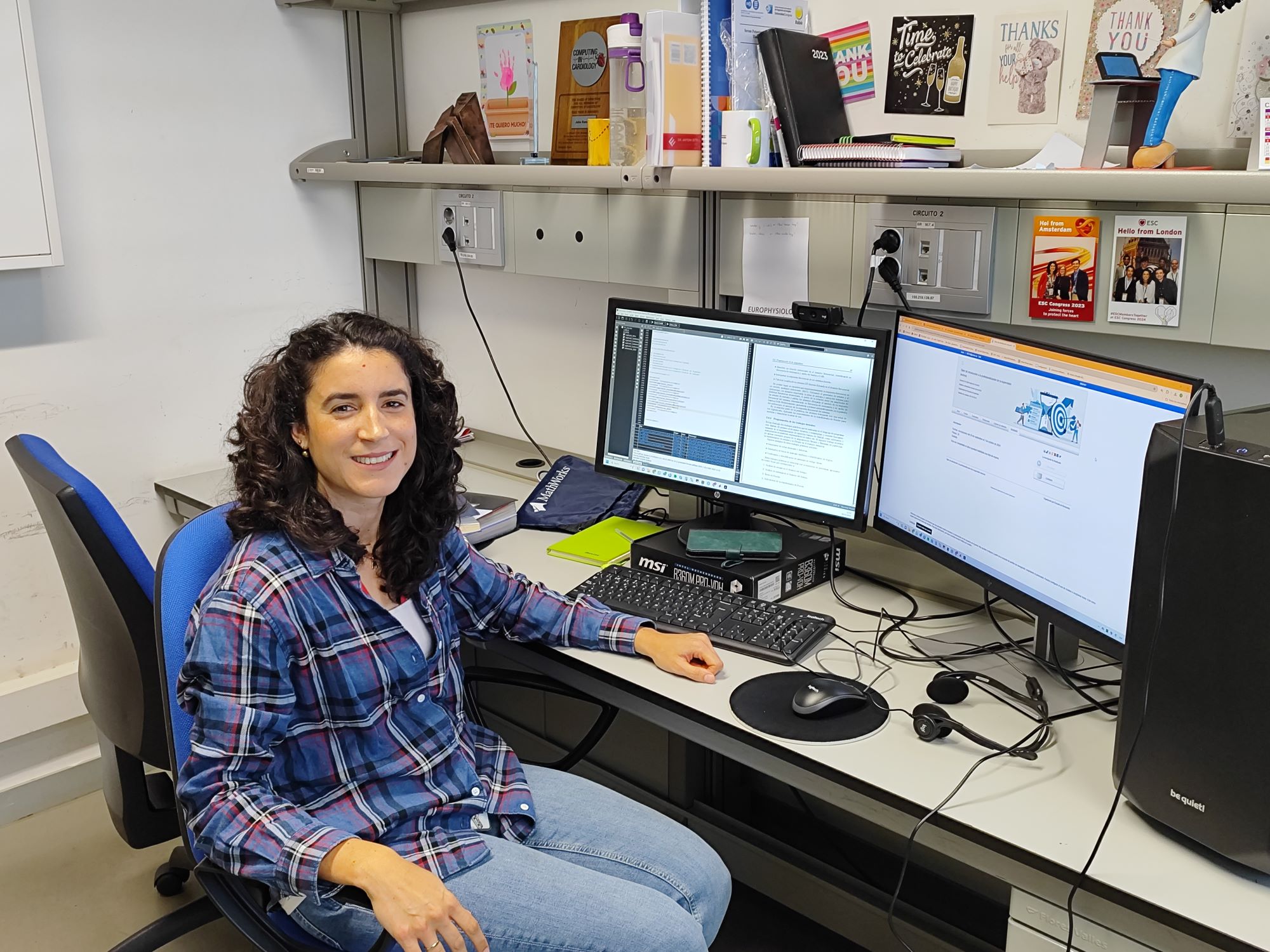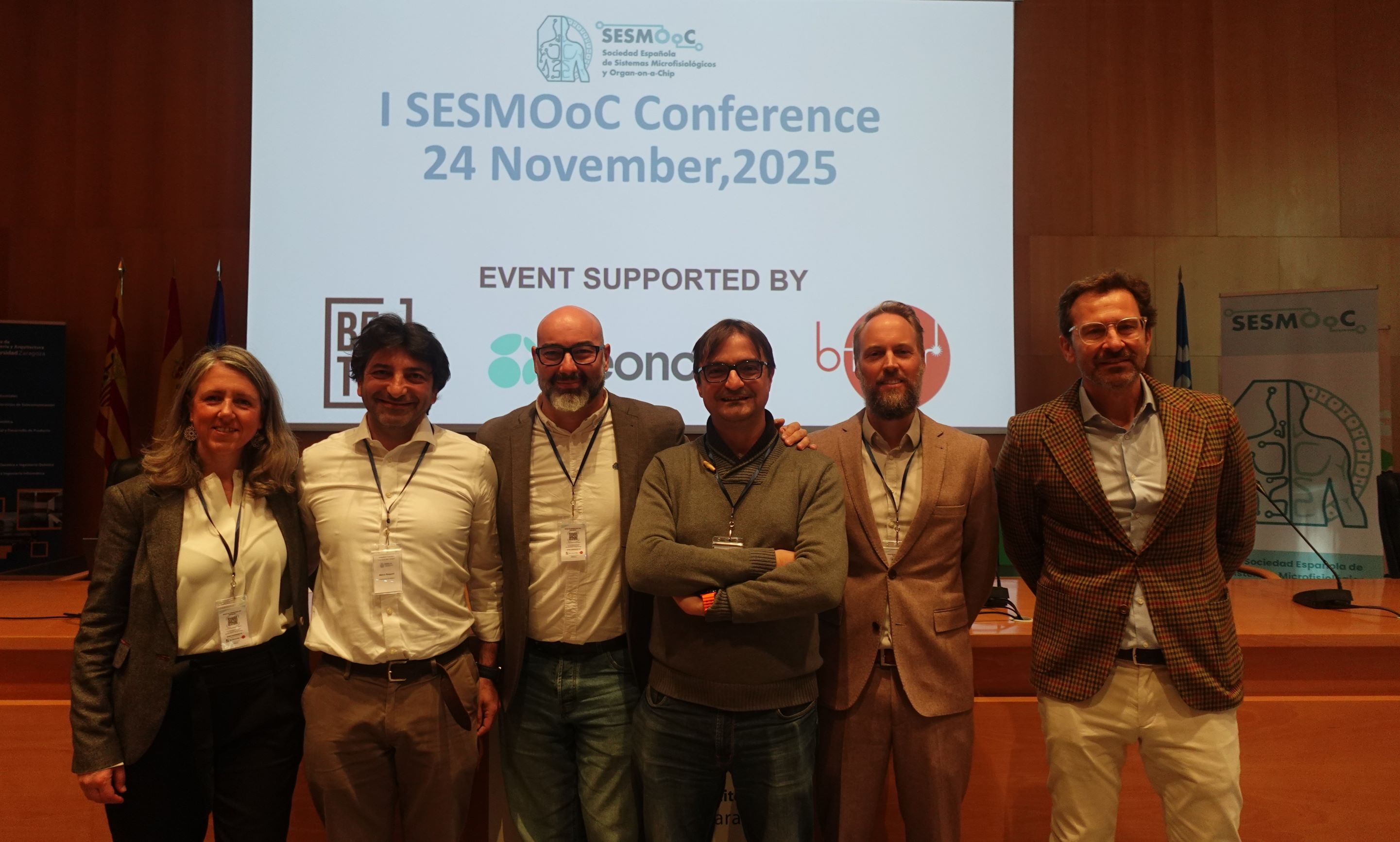
The heart adapts its shape in response to disease and environmental factors. Therefore, quantifying changes in heart shape is important when assessing the effects of disease or treatment. An international research team has conducted a study, published in Nature Communications (Genetic basis of right and left ventricular heart shape), which establishes that the shape of a person’s right and left ventricles is partly influenced by genetics and, therefore, is present from birth. This discovery enables the identification of new genes and demonstrates connections between heart shape and cardiovascular diseases.
Previous studies focused on measuring the size and volume of the left ventricle and the entire heart, but this study has undertaken the first exploration of shape in both ventricles, captured through 3D modeling and unsupervised machine learning. Examining the shape of both ventricles has led to additional genetic discoveries and a deeper understanding of the biological pathways that link heart shape and disease.
This work is an international collaboration between Queen Mary University of London, King’s College London, the University of Zaragoza, University College London, and the Complexo Hospitalario Universitario from A Coruña. The study expands research conducted at these institutions to understand cardiac genetics, providing new genes that influence heart morphology and the risk of heart disease.
“The inclusion of information from both ventricles, as well as the location of the heart valves, has revealed new genes that were not identified using traditional heart shape measurements. We also observed associations between heart sphericity and the risk of atrial fibrillation,” explains Julia Ramírez, a researcher at the Aragón Institute of Engineering Research (I3A) at the University of Zaragoza, who was part of this team.

Both the derivation of the phenotype (the shape of both ventricles) and the investigation of its genetic basis are novel. Ventricular shape was defined using 3D models generated from individual cardiac MRI images from the UK Biobank, followed by the creation of a statistical shape atlas through principal component analysis. Statistical genetic analyses were conducted to identify new genes and provide polygenic risk scores, demonstrating for the first-time significant relationships with prevalent cardiovascular diseases, such as atrial fibrillation and myocardial infarction.
The work of this research group establishes the shape of both ventricles as a viable phenotype that can be used in genetic analyses to explore genes that influence heart morphology and may potentially indicate heart disease. Ventricular shape measurement can be automatically calculated from standard MRI scans, in the same way established metrics such as volumes, masses, and ejection fractions are obtained. These shape metrics could be incorporated into cardiac MRI assessments to provide doctors with a score indicating a person’s risk of common cardiovascular diseases based on observed heart shape.
Paper details: “Genetic basis of right and left ventricular heart shape”. Nature Communications. https://doi.org/10.1038/s41467-024-53594-7
Funded by: This study is supported by: UK Research and Innovation, Wellcome/EPSRC Centre for Medical Engineering, London Medical Imaging & AI Centre for Value Based Healthcare, EPSRC Research Council, NIHR Integrated Academic Training programme, European Union’s Horizon 2020 Research and Innovation Programme, British Heart Foundation, National Institute for Health and Care Research Barts Biomedical Research Centre, Health Data Research UK and Department of Health, and Social Care.




